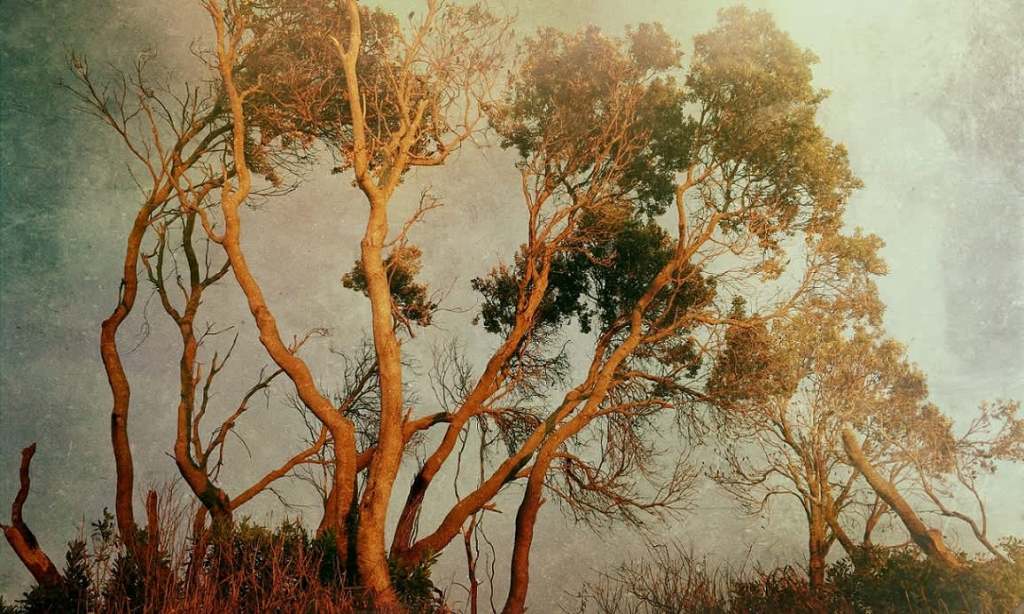NAIDOC Week celebrates and recognised the history, culture and achievements of Aboriginal and Torres Strait Islander peoples. It’s an opportunity for all Australians to learn about First Nations cultures and histories. The Latch team is sharing stories to help educate, honour and guide in our continued to push for change, so be sure to find all our pieces here. Val Morgan Digital acknowledges the Traditional Custodians of Country throughout Australia and their connections to land, sea and community. We pay respect to their Elders past and present and extend that respect to all Aboriginal and Torres Strait Islander peoples.
So-called ‘Australia’ is not a homogeny. It is, in fact, made up of over 500 different clan groups or ‘nations’, all with their own distinctive cultures, beliefs and languages. The land that we all live and work on has a traditional name and a people associated with it who are the traditional custodians of that land.
Those custodians lived in harmony with the land for over 60,000 years before the arrival of white settlers who, uh, didn’t.
Recognising these facts and incorporating them into our daily lives is one simple way to pay respect to the traditional custodians of the land and ensure a more beneficial society for everyone. This week being NAIDOC Week, there’s no better time to become acquainted with the traditional names, places, and stories of your local area.
So, which indigenous country do you currently live or work on? There’s an easy way to find out.
How Do You Find Out Which Indigenous Land You Are On?
The good people at the Australian Institute of Aboriginal and Torres Strait Islander Studies have complied a map with useful information as to the distinct groups who hold custodianship over different parts of the country.
The map was compiled in 1996 using data collected up until 1994. As such, it is not the most up-to-date source of information but it is a good starting point to finding out which country you are on.
It also doesn’t reflect smaller clan groups within each Indigenous nation and often each area was made up of multiple clans. Sydney, for example, is comprised of dozens of clans within the Eora nation. The Gadigal People are the clan of the present-day City of Sydney but other clans have claims to other areas within the region we think of as the broader city.
More detailed and precise information will be available to you on your local council website. They should be able to specify which country the council is based in and give you more information and knowledge about the history and culture of the traditional custodians. Check there and look up your local Aboriginal Corporation to find out more about the land you live and work on.
Read more stories from The Latch and subscribe to our email newsletter.







